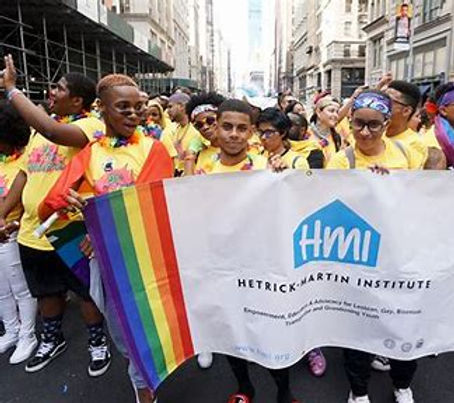
Discovering Self: How Online Communities Shape LGBTQIA+ Youth in India Amid the Digital Chaos
5
21
0
Quiet of the night, when the world remains silent, many LGBTQIA+ youth world over turn to their screens. It’s in these quiet moments, where the only light is the soft glow of a phone or laptop, that young people from small towns to sprawling metros seek out communities where they feel seen—where their identity isn’t something to be hidden but celebrated.
Growing up in India, where societal norms can be rigid, it’s not uncommon for LGBTQIA+ youth to feel suffocated by the expectations placed on them. Conversations about gender and sexuality are often wrapped in layers of stigma, or worse, met with silence. And yet, in this very environment, the internet has emerged as a lifeline—a place where identities can be explored and embraced without the immediate fear of backlash.
Take for instance, platforms like Tumblr, Instagram, and dedicated LGBTQIA+ groups on Facebook. They’re more than just websites—they're gateways to a world where ‘normal’ isn’t defined by heteronormative standards. Here, young people find others who understand their journey, who have walked similar paths, who have wrestled with the same questions and fears. It’s in these spaces that a young person in, say, Lucknow, might first encounter terms like ‘genderfluid’ or ‘asexual,’ realizing that they are not alone, and more importantly, that they are valid.
In a 2020 survey conducted by the Gaylaxy Magazine, a staggering 87% of LGBTQIA+ youth in India reported that online communities were their primary source of information and support regarding their sexuality and gender identity (Gaylaxy Magazine, 2020). This statistic underscores a reality that’s as empowering as it is concerning. Empowering, because it shows how crucial these spaces are in helping young people understand themselves; concerning, because it also reveals how much traditional sources—schools, families, media—are failing in this regard.
Yet, the internet is a double-edged sword. While it offers a sanctuary, it’s also rife with dangers. The anonymity that protects a closeted teen can just as easily hide a predator or a bully. In India, where cyber laws are still catching up with the times, LGBTQIA+ youth are especially vulnerable. A report by the Internet Freedom Foundation found that nearly 60% of LGBTQIA+ individuals in India had experienced some form of online harassment, ranging from hate speech to threats of violence (Internet Freedom Foundation, 2021).
Ritika, a 17-year-old from a conservative family in Bhopal, shares her experience: “I found an amazing community online where I could talk about my feelings. But then, I started getting messages from strangers, some of them really nasty. They would say horrible things because I was bisexual. It made me scared to even open my phone.”
The sad truth is that while online spaces can be liberating, they can also be terrifying. For every supportive message, there might be a dozen slurs waiting in the inbox. This duality is what makes navigating the digital landscape such a fraught experience for LGBTQIA+ youth.
So, how do we ensure these young people can explore their identities without falling into the dark corners of the web? It starts with awareness—parents, educators, and community leaders must understand the importance of these online spaces while also recognizing the risks involved. Digital literacy programs need to be implemented not just in cities, but in rural areas as well, where access to safe spaces might be even more limited.
There’s also a need for stronger regulations. Cyberbullying laws in India, though existent, are not always enforced with the rigor they require. Activists have long called for more specific protections for LGBTQIA+ individuals, who are often targeted for their sexual orientation or gender identity. Until these protections are in place, the onus is, unfortunately, on the users themselves to safeguard their digital identities.
But this isn’t just about avoiding harm—it’s about thriving. LGBTQIA+ youth deserve to flourish in spaces where they feel at home, where their identities can be celebrated rather than ridiculed. Initiatives like Queerala’s online workshops and the Nazariya Foundation’s virtual support groups are already creating safer, more affirming spaces for young people to connect. These efforts are vital, but they need to be scaled up and supported at every level of society.









